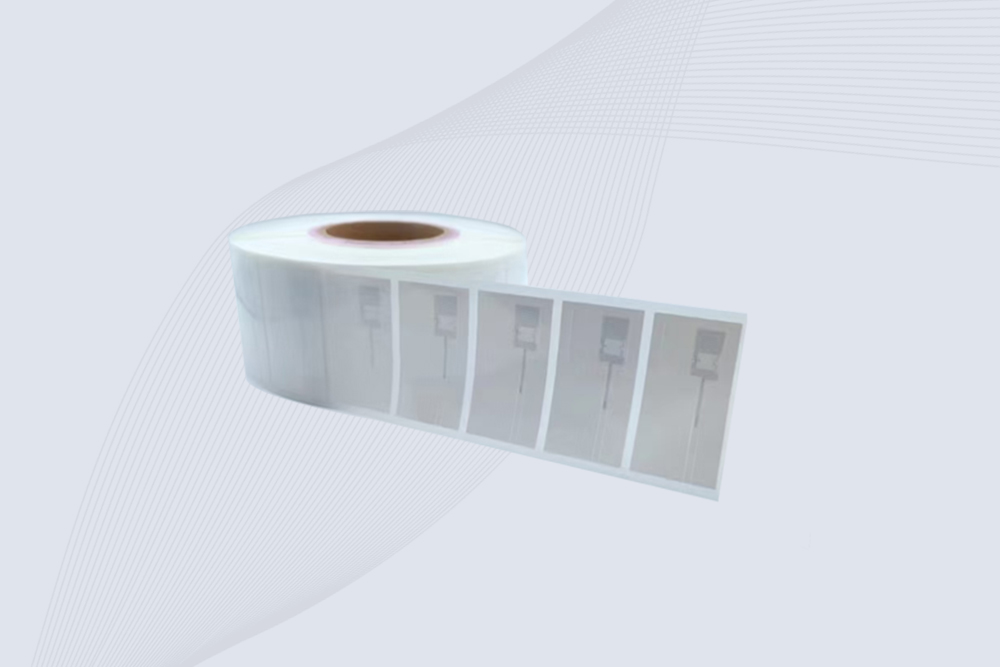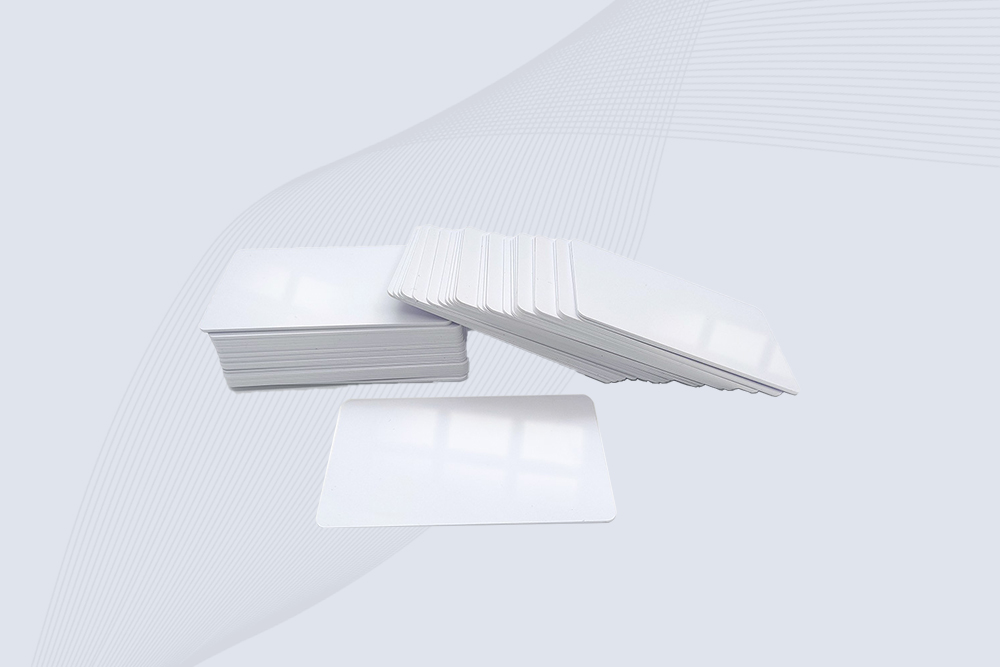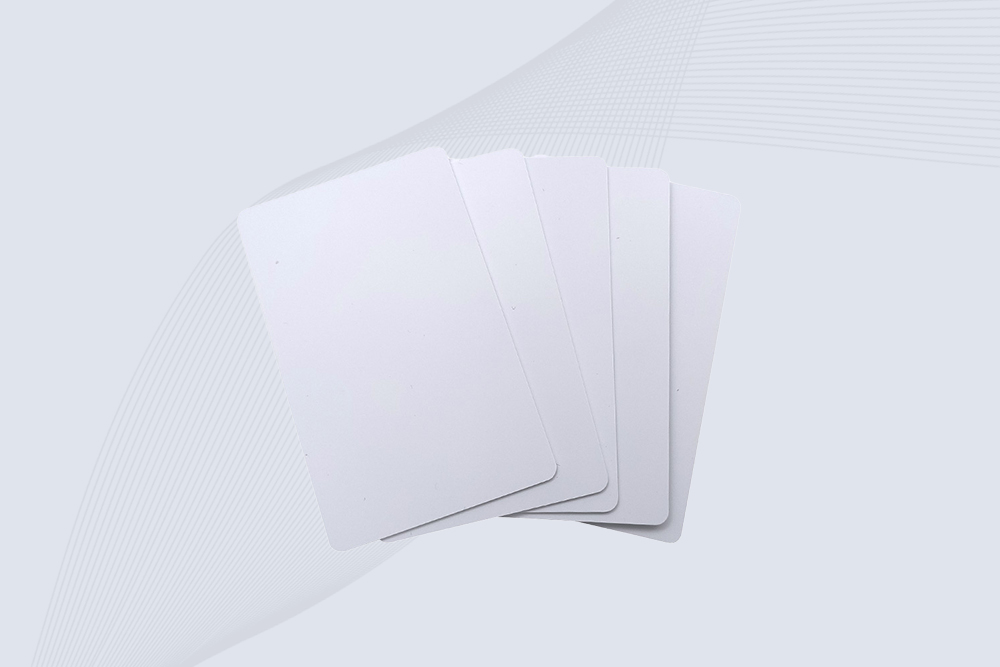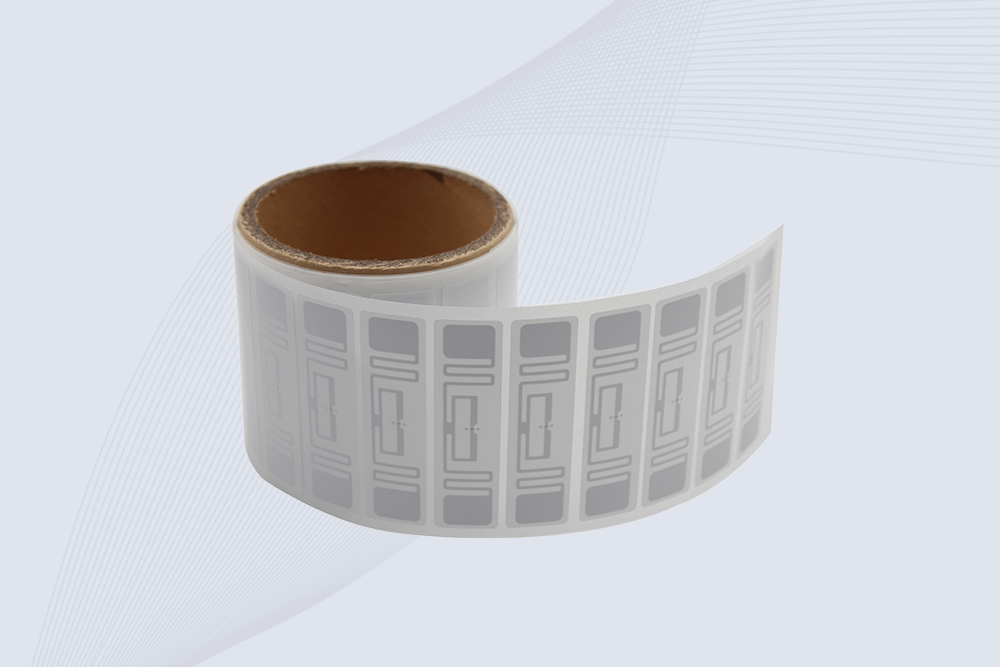Passive RFID Antenna: Technical Insights and Application Guide
439how to rfid passive antennas work
MoreAll RFID Product
When people talk about RFID systems today, most of the time they’re referring to passive UHF RFID tags. These tiny, battery-free tags are the backbone of modern tracking and identification systems — used everywhere from warehouses and hospitals to vehicle gates and retail stores. Let’s break down how they actually work and what to consider when choosing one for your project.
A passive RFID tag doesn’t have its own power source. Instead, it draws energy from the electromagnetic field generated by the reader’s antenna. When the tag receives that power, the chip wakes up, processes the signal, and sends its data back through the antenna. Because there’s no battery inside, passive tags can be made smaller, cheaper, and last practically forever. The trade-off is that they only work within a limited range — usually a few meters, depending on the reader and environment.

Every UHF passive tag is made of a few simple parts:
The design of the antenna is what determines how well a tag performs. Different materials — metal, plastic, cardboard, even liquid containers — can reflect or absorb radio waves, so manufacturers tune antennas for specific use cases.
You’ll often hear people talk about wet inlays, dry inlays, and hard tags:
Picking the right tag isn’t just about cost or size. You’ll want to think about:
For example, a simple paper label might work perfectly in a clothing store, but it would fail quickly on a metal pallet in a factory. In that case, a hard tag or a special “on-metal” design would be the better choice.
Passive UHF tags are used pretty much everywhere now:
In large systems, readers can identify hundreds of tags at once, even without line of sight — something barcode scanners could never do.

Placement matters more than most people think. A tag stuck on a metal surface or near liquid might lose most of its range unless it’s designed for that environment. Always test in real conditions before a big rollout. Many integrators also do a quick “site survey” to see how signals behave in the actual space.
Passive UHF RFID tags may look simple, but getting them to work perfectly takes some practical tuning and real-world testing. The best approach is to start small: pick a few tag samples, test them on your actual items, and adjust based on what you see. Once you’ve got the right match, scaling up becomes straightforward.
They’re small, inexpensive, and reliable — and when matched correctly with the right reader and setup, they quietly do an amazing job of connecting the physical world to digital systems.

Cykeo CK-BQ6826 Jewelry uhf rfid tag features NXP UCODE 9, 8m read range on metal, and anti-counterfeit security for luxury assets.

Cykeo CK-BQ8554HF HF rfid cards feature FM1108 chip, 100K write cycles, and customizable printing for access control systems.

Cykeo CK-BQ8554UHF uhf rfid card features U9 chip, 100K write cycles, and CR80 size for access control/inventory management.

Cykeo CK-BQ7320 UHF RFID asset tag features aluminum-etched antenna, 10-year data retention, and -40°C to +85°C operation for industrial tracking. ISO/IEC 18000-6C compliant with 128-bit EPC memory.
how to rfid passive antennas work
MoreDiscover how RFID tags work, their components, and real-world applications. Learn about passive vs. active tags and Cykeo’s innovative RFID solutions.
MoreDiscover the best long-range RFID modules for warehouse automation in 2024. Explore range, durability, and seamless integration to boost efficiency and accuracy.
MoreWhat’s the true cost of an RFID reader system? We break down hardware, software, and hidden expenses—plus how Cykeo’s solutions maximize ROI.
More